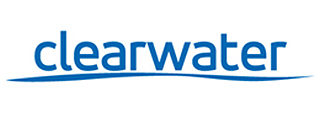Finance leaders today are working tirelessly to help navigate unprecedented and rapid shifts in customer demand, exogenous shocks to the supply chain and the challenges of a global economic downturn – all while managing a suddenly remote team. We believe the need for digitalization has never been more acute.
For decades, businesses have chronically underinvested in technologies that support the Office of the CFO. Historically viewed as a “back office” function, finance and accounting has not benefited from the same digitalization initiatives that have transformed more “front line” customer-facing or revenue-generating business areas like sales, customer service, marketing, and supply chain management. Today, we are seeing significant investment and innovation in solutions focused on digital transformation in the Office of the CFO, and we believe several key trends and technologies that are driving this focus.




